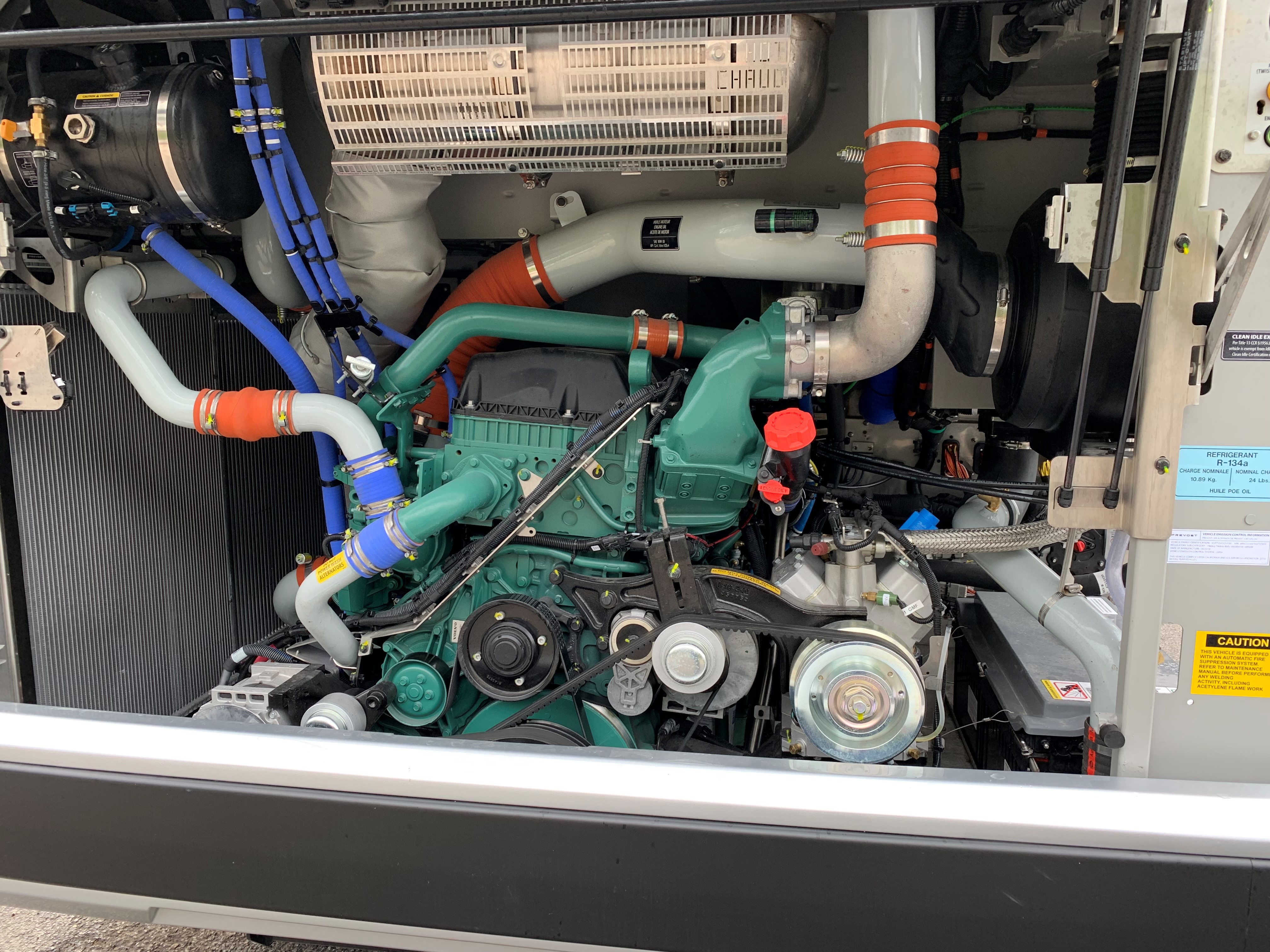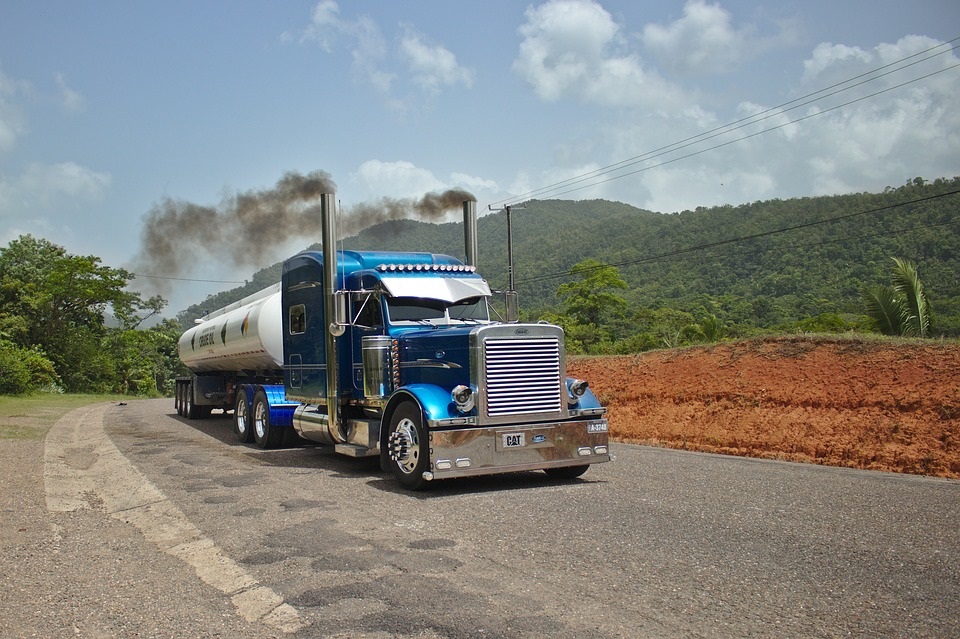Diesel Vehicles
Diesel vehicles and equipment are a principal source of air pollutants such as nitrogen oxide, carbon monoxide and particulate.
 Diesel vehicles and equipment are the work horses of our economy – collectively, they play a significant role in agriculture, construction, transportation and infrastructure. The combined features of fuel efficiency, power, reliability, and durability give diesel vehicles and equipment this distinction.
Diesel vehicles and equipment are the work horses of our economy – collectively, they play a significant role in agriculture, construction, transportation and infrastructure. The combined features of fuel efficiency, power, reliability, and durability give diesel vehicles and equipment this distinction.
Diesel fuel burns more efficiently and is safer than gasoline because it does not form flammable mixtures, but there is a price to pay. Despite progress in cleaner fuels and emission standards and technology, diesel engines remain one of the largest sources of fine particulate matter, considered to be a significant threat to public health.
Diesel exhaust also contributes to ozone formation, acid rain, and global climate change. Diesel exhaust is a known carcinogen.
Regulations and Rules
Related Content

Providing grants to help fund emission reduction projects
The New Hampshire Clean Diesel Grant Program is a program funded by EPA through the Diesel Emissions Reduction Act (DERA). The program, managed by the NHDES Air Resources/Technical Services Bureau, aims to reduce the emissions from older diesel engines in the state. Projects eligible for funding include idle reduction technologies, engine replacement, vehicle and equipment replacement, exhaust controls and aerodynamic technologies. Grant funding is available with a required match by the grantee and the match requirement depends on the project. EPA also offers competitive grants separate from New Hampshire's State Clean Diesel Program. For more information about these grants, visit the national DERA grant program webpage.

More resources to help calculate emissions, manage fleets
-
EPA’s Diesel Emission Quantifier (DEQ) is used to calculate the emissions savings when replacing an older diesel vehicle or engine with a newer more efficiency diesel or alternative fuel vehicle or engine.
-
Argonne’s AFLEET is used to calculate a fleet's petroleum use, cost of ownership, and emissions.
-
U.S. Department of Energy’s Alternative Fuels Data Center offers a large collection of helpful tools, including calculators, interactive maps and data searches.

Volkswagen Trust funds allocated to emission reduction projects
New Hampshire became a Trustee of the Volkswagen Environmental Mitigation Trust Agreement following submission of its Final Mitigation Plan in October 2018. The State’s allocation of approximately $30.9 million is to be used for environmental mitigation projects that reduce nitrogen oxide emissions, primarily from the transportation sector. NHDES is the lead agency for dispersing the funds.
Diesel Engines and Fuel
Diesel engines operate via compression ignition, where the mixture of fuel and air is compressed enough to spontaneously combust. This differs from a spark-ignition (gasoline) engine which relies on a spark plug to facilitate the explosion. The advantage of diesel engines in heavy duty applications is the power generated by the high compression engine. Gasoline engines provide superior driving performance in light-duty applications, but diesel engines are the primary choice for heavy duty vehicles (vehicles greater than 8,500 lbs.) and equipment.
Conventional diesel fuel contains sulfur and other impurities which make the exhaust harmful and limit the viability of emission control devices. Standards put in place by the EPA have required the use of ultra-low sulfur fuel in highway diesel vehicles since 2006. These requirements were also phased in for non-road, locomotive and marine engines from 2007 to 2014. Low sulfur fuel burns cleaner and allows for the application of exhaust treatment technologies that limit the emission of particulates (particulate matter or PM) and smog-forming nitrous oxides. Read more about how diesel engines work.
Legacy Fleet
Emission standards for diesel vehicles passed by EPA in 2000 resulted in a 90% reduction in harmful diesel emissions in engines built beginning in model year 2007. Although standards are vital for long-term air quality improvement, many diesel engines are expected to last up to one million miles with proper maintenance and engine rebuilding. This means that older, dirtier engines may be in operation for many more years. Therefore, it is important to also look at alternative measures, including retrofit technologies for reducing emissions from this legacy fleet.
Funding for retrofit or replacement of these older, more polluting vehicles may be available through NH’s Clean Diesel Grant Program or EPA’s national competitive DERA grants.








